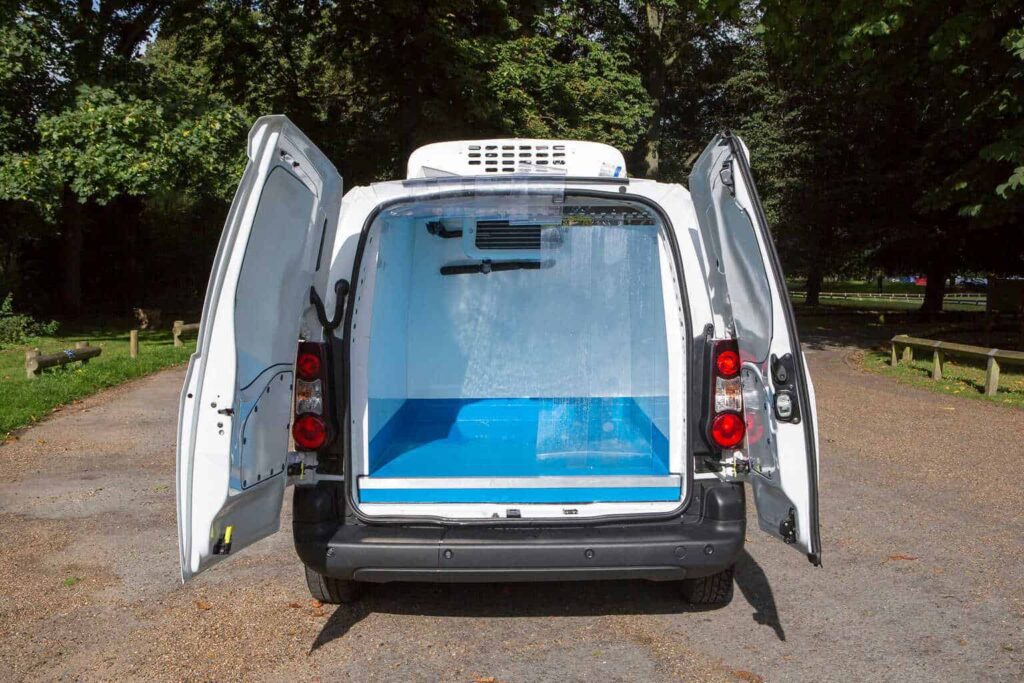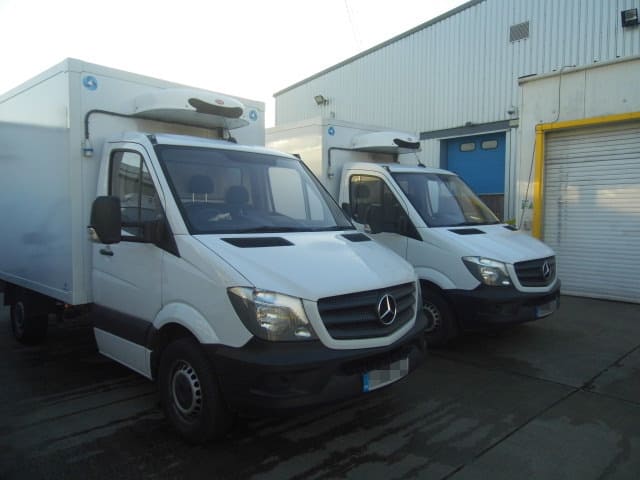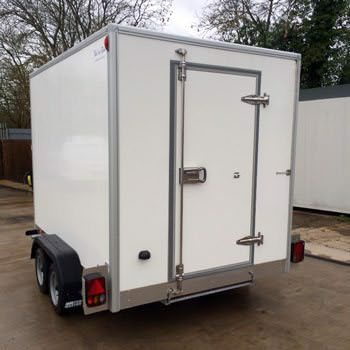The recent two years have seen a number of people transition from other roles like Uber driver or courier to delivery driver at firms like Amazon. In fact, “analysis of Google search data reveals that online searches across the globe for ‘truck driver UK’ exploded by 1,300% from 26 September,” Bakery and Snacks reports. And as the holiday season hits high gear, delivery drivers are one of the most in-demand roles. If you’re thinking about making a switch, you’re probably wondering if it’s right for you. How much can you earn as a delivery driver? And what sort of van will you need if you’re working for yourself. We can help. We’ll break down the different roles, vans, costs, and environmental considerations in this guide.
1. Popular types of delivery jobs
There are a lot of popular delivery jobs in the UK. And the ones you can do depend on the type of licence you have. A category B licence is good for a courier, Amazon Flex, food delivery van jobs and similar roles. Category C1 and up are required for LGV/HGV and more difficult but higher-paying roles like long-haul drivers, tanker drivers and oversized load drivers. It can cost several hundred pounds to get the training to pass your C1 test. Then there is the test cost itself. According to Welwyn LGV, “The cost of a Category C1 Driving Test is £115.00. It is necessary for candidates wishing to attain a Category C1 Licence to first attain a Driving Standards Agency L.G.V. Theory Pass Certificate.”
2. Benefits of working as a self-employed delivery driver
If you’re a self-employed delivery driver, you do get more flexibility. You can set your own hours and your own pace (although being slow to deliver packages is not going to sit well with your clients). If you’re more introverted, being a delivery driver is a good role. You’ll have fewer interactions with people than perhaps most other jobs. If you find driving relaxing – even when there is traffic – being a delivery driver is probably perfect for you as you’ll find it low stress. It also doesn’t hurt if you’re familiar with the local area and you live in a place with high demand for drivers like a large city. You’ll find it easier to navigate and have more work to pick up.
3. How much can you earn as a delivery driver?
The Amazon Flex programme states that you can make £13-15 per hour. That works out to around £25-29k per year if you work 37.5 hours per week. But one of the ‘perks’ of the flex programme is setting your own hours, so you’ll make more or less depending on the blocks you take. According to Blue Arrow, “As a newly qualified HGV/LGV Driver with a category C1 Licence, you can expect to earn a basic salary of £18,000 rising to £24,000 when you gain experience and start earning overtime and night working bonuses.” And if you drive hazardous or specialist loads, expect something closer to £40k.
4. The different types of delivery vans
For most delivery roles, you’ll have a box truck, Luton van or panel van. According to Carbase, “Providing the most payload space for your buck, large vans have a [long-wheelbase] (LWB) and provide a smoother drive, thanks to the longer space between the axles. Large vans, such as Luton/box vans like the Mercedes-Benz Sprinter, are the largest vans you can drive on a standard UK drivers licence.” If you have an HGV or LGV licence, you’ll drive a more traditional rig for jobs like long-haul or oversized trucking. And then there are specialist or converted vehicles for transporting food and cold-stored goods called refrigerated vans. Investing in a refrigerated van might increase the roles available to you by adding in that cold-storage capability.
5. Should you rent or buy your delivery van?
If you’re going to get into driving, you might want to buy a van – eventually. As your first foray into delivery driving, renting your van makes more sense. All cars and trucks depreciate in value the moment they’re driven off the lot. And when you own your vehicle, you need to look after the MOT, road tax and breakdown cover. That’s a lot of extra paperwork and cost that you probably don’t need while you’re deciding if driving is right for you. And with all the demand for vans right now, you’ll probably not find the right van for your needs on the used vehicle market.
6. Why should you consider an electric refrigerated van or hybrid van?
Environmental concerns make it important to consider an electric refrigerated van or hybrid van. Petrol or diesel vehicles have much higher emissions than their electric or hybrid counterparts. And, as we discussed in November, switching to hybrid or electric also reduces our reliance on coal and gas production. This supports the UK’s commitment to getting rid of petrol & diesel. Whatcar reports, “Under current plans, the sale of new petrol and diesel cars will be banned from 2030, albeit with some hybrid cars given a stay of execution until 2035.” So it makes sense to plan for the future.
7. Average price of refrigerated van rentals UK wide
The average price of refrigerated van rentals UK wide varies depending on the make and model. But large vans are the biggest size van you can drive on a standard licence, and this makes them one of the most popular options. Short term hire of the popular Mercedes Sprinter is around £375.00 + VAT per week. Depending on your driving experience, age and the extra features you’d like, this can go up and down. Remember that you’ll benefit from included breakdown cover and added extras like same-day replacements when you’re renting versus buying.
Overall, when thinking about how much you can earn as a delivery driver, you need to take into consideration the role, qualifications and conditions you’ll face. The more flexible, inexperienced and self-directed the requirements, the less you’ll earn. If you’re going into business for yourself, consider hiring a van over buying one so you can test the waters and see if driving is for you.




